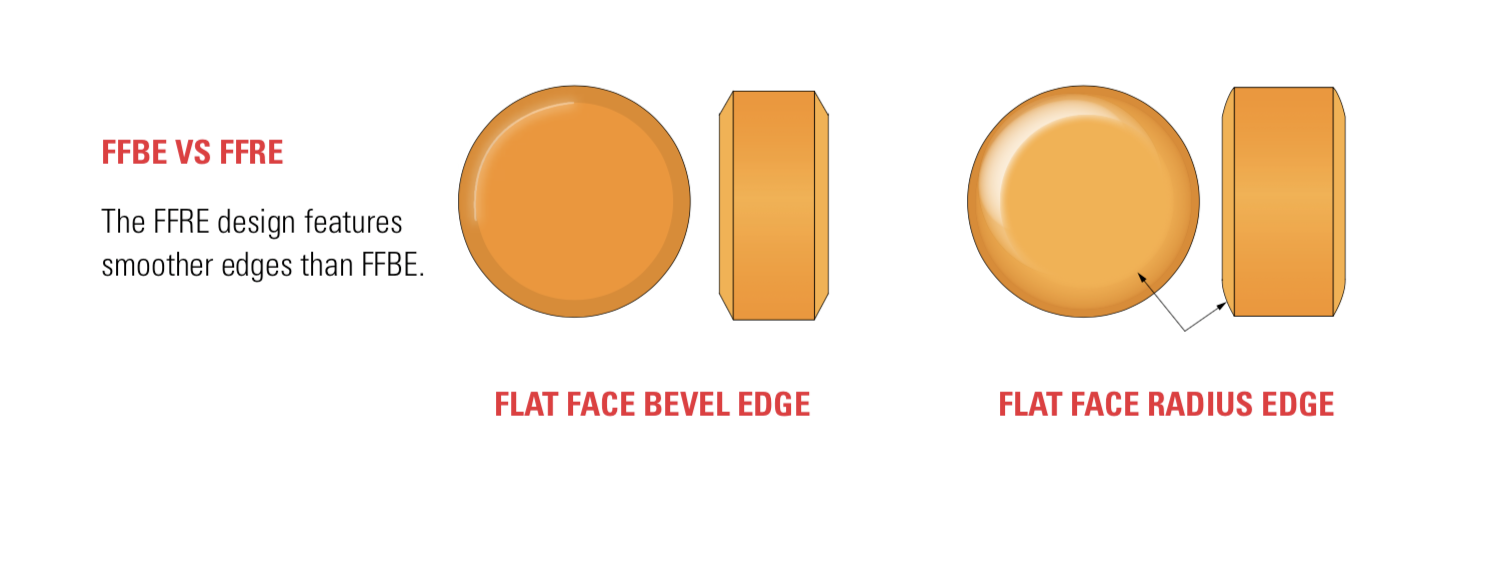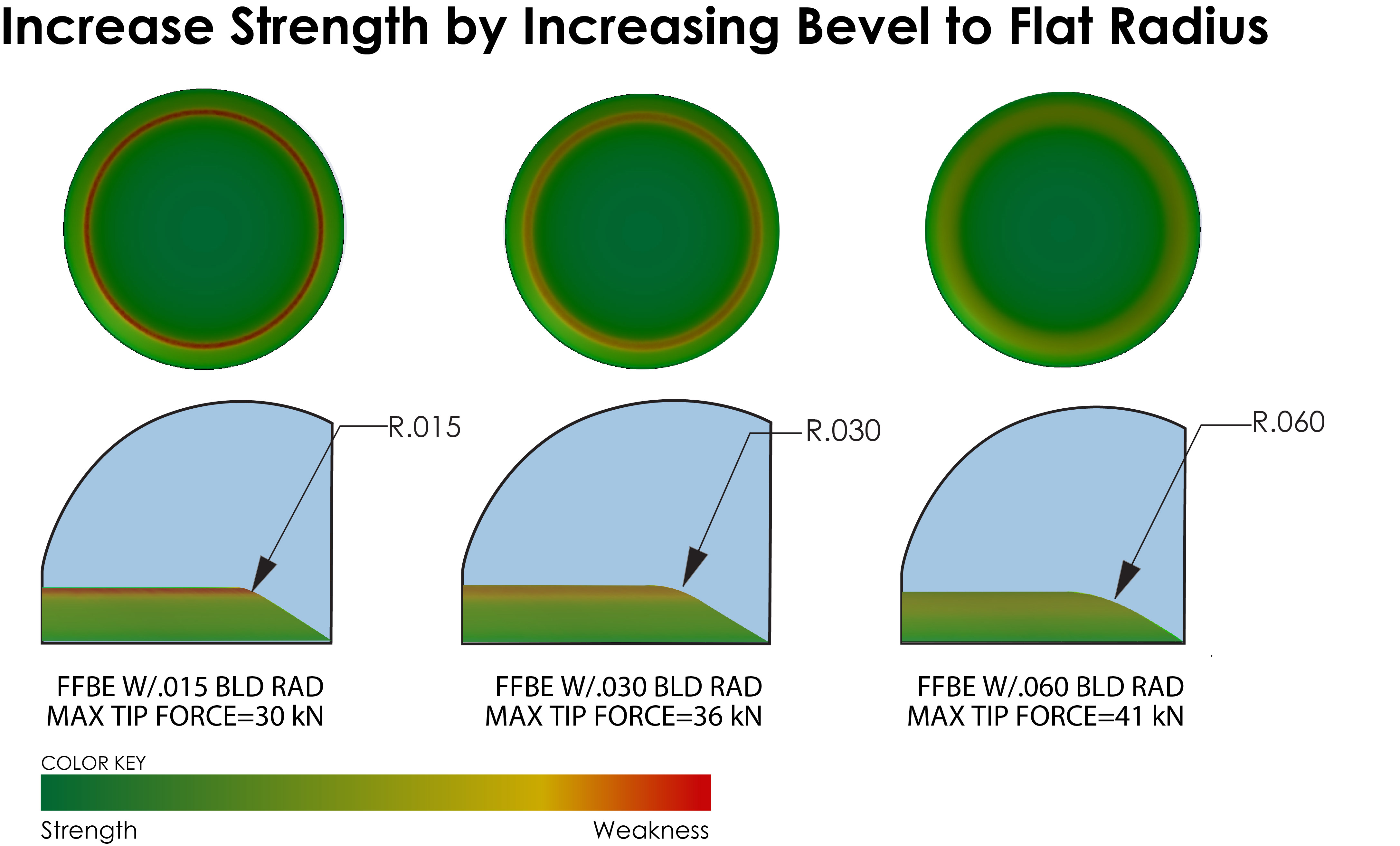First impressions are everything. This is especially true for pharmaceutical, nutritional and confectionary tablets. Discriminating consumers may decide whether they will be repeat customers based on a tablet’s appearance and their experience with it. This article discusses the limitations of the flat faced bevel edge and the benefits of a flat faced radius edge tablet design.
A tablet’s size, shape, color, and perceived ease of use are quickly determined by the consumer form their first encounter with the product. The tablet’s appearance must impart the sense that the customer/patient can successfully and easily swallow it, without an undesirable taste.
A tablet manufacturer can influence customer acceptance by producing tablets that appear simple to utilise. Tablet design drives much of the visual impact of a tablet, and design features such as a smooth tablet shape improve product appeal and influence consumer preference.
Because a tablet’s design can so strongly influence consumer acceptance, a company’s marketing department often provides significant input as design and coating decisions are made. However, it is highly advised to include the production department in these decisions as it is their responsibility to deliver the final product. The production department’s experience and expertise can greatly reduce production costs and issues as some tablet designs present difficult manufacturing challenges, high tooling costs, and suboptimal physical properties of the tablets.
Tablet design that have been developed to improve tablet quality and reduce production costs include the flat faced bevel edge (FFBE) tablet design. FFBE became popular early in the development of tablet manufacturing using rotary tablet presses because it offered significant improvement to the flat faced design. The flat faced tablet design suffered from weak tablet edges because of powder leakage at the punch tip die wall interface. Weak edges were prone to chipping and excessive friability. Adding a beveled edge to the tooling was very simple for the tooling machinist to do and allowed for the formulation powder to be pushed back to the center of the die, making for stronger tablet edges. Over decades, the FFBE configuration became a very popular design for the tableting industry. However, the FFBE design has limitations on the maximum compression force that can be used without risking tip damage due to over compression.
Smoother edges, greater acceptance
Based on clients’ experiences and our own investigations, we recommend customers use the flat faced radius edge (FFRE) design rather than the FFBE design for their flat, uncoated tablets.
Finite element engineering analysis of the FFBE and FFRE design for the same size tablet indicates a significant increase in the maximum compression force that can be utilised for tablet compression when using the FFRE design. This offers the manufacturer the option of using additional compression force, with no associated risk to the tooling or tablet press, to increase tablet breaking strength, as opposed to changing the formulation to accommodate the desired increase in tablet breaking strength. Tablets produced by high compression force are also less prone to edge erosion, sticking, and picking.
In the FFRE design, although the differences are sometimes visibly imperceptible, the tablet edges are smoother. Because of this, customers’ impression of the FFRE design is that of softer appearance and a pleasant mouth feel. Comfortable mouth feel can reduce the anxiety that elderly patients often experience with difficult-to-swallow tablets. These observations are important to providing the first impression appeal that is essential to establishing a successful product brand. A growing number of companies are adopting FFRE rather than FFBE for the manufacture of their uncoated flat faced tablets. This trend warrants consideration by companies seeking to produce quality tablets with greater consumer acceptance.

Figure 1

Figure 2
